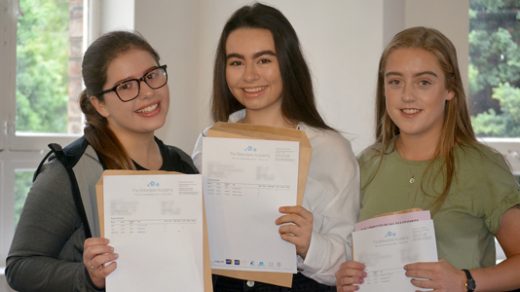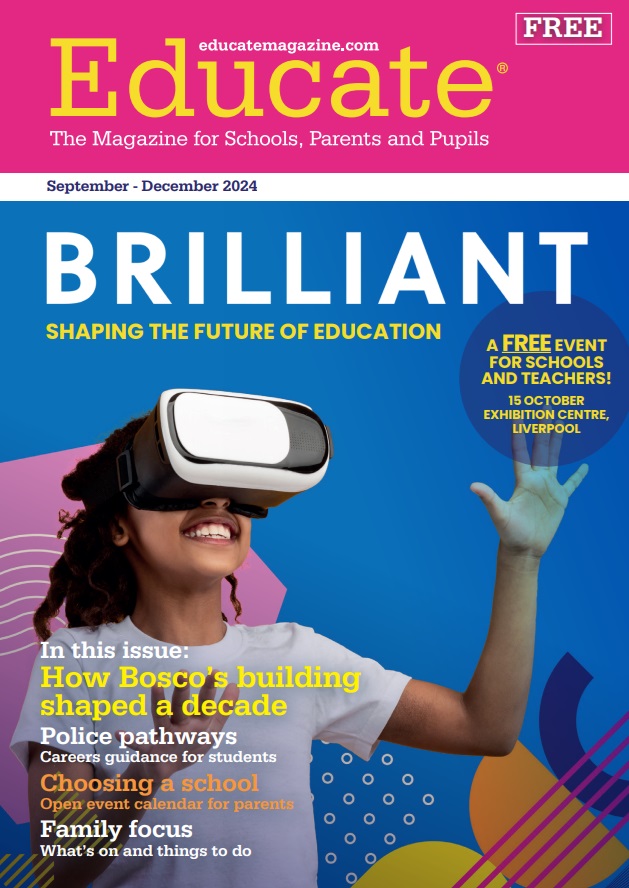Escaping the middle ground
Developing children to their full potential and ensuring that the top achievers in all schools are given the chance to gain entry to a Russell Group university is without doubt what all schools should be reaching for, however, recent suggestions that the most able schoolchildren are repeatedly being failed in state schools across England, has sparked much debate.
Ofsted has warned, following an in-depth review, that a staggering amount of bright pupils are not achieving their full potential as a result of mixed-ability lessons. The debate on whether mixed ability classes are the best way to achieve effective learning as opposed to setting pupils according to aptitude will always draw out strong opinions. But which way is best? This article will look at the argument for and against mixed ability learning and will look at some of the most effective and successful teaching methods that are in practice and are achieving impressive results.
So what is mixed ability teaching?
Mixed ability teaching, sees the same teacher teaching children of varying ability in the same class – practice highlighted in the Ofsted report as disadvantageous. Some within the education sector believe that adapting teaching styles to accommodate the whole class is having a detrimental effect on the progress of the brightest pupils.
It is important to consider the main point that it is not just ability and aptitude that could be mixed. It is well known that children learn in a progressive manner but this is at different speeds and in very different ways. Understanding the most appropriate learning style for each child can be challenging and incorporating a variety of teaching methods into one class almost certainly poses a problem.
Educational author Geoff Petty, says that “the traditional term ‘mixed-ability teaching’ was unsuitable because teachers realised it was not just ability that could be mixed and that they had to cope with a range of differences among their pupils – such as age, gender, learning style, motivation, prior learning, experience – as well as specific learning difficulties such as dyslexia.”
Ofsted believes that due to the difficulties in delivering lessons that accommodate all children many teachers using mixed ability teaching practices pitch lessons at the low to middle without extending the lessons to accommodate the most able.
There are some within the teaching arena that believe streaming pupils; grouping them according to ability will quite simply bring together pupils with the same or similar attainment levels therefore making teaching more efficient. Streaming or setting pupils based on ability seems to some the most logical way to achieve the desired results and enable pupils to reach their potential. Such teaching will, it has been argued, nurture the bright and challenge and support them sufficiently as the range of ability.
A recent study by the Royal Economic Society highlighted that classes with a higher proportion of low-achieving pupils who monopolised the teacher’s attention, often had a detrimental affect on the academic achievements of the other students particularly the middle and top achievers. Based on this premise streaming allows teachers to ensure that lessons are delivered using specific tasks appropriate to the ability of the entire class, therefore giving the pupils in the class, regardless of aptitude, the best chance at reaching their potential.
Sir Michael Wilshaw, head of Ofsted, stated that: too many non-selective schools are failing to nurture scholastic excellence. He went on to say: “I believe the term ‘special needs’ should be as relevant to the most able as it is to those who require support for their learning.”
Conversely some within the teaching world praise the mixed ability teaching approach and believe that a move away from mixed ability teaching will have a negative impact. The social mix that is achieved through mixed ability teaching is believed to offer a positive outcome and many hail the practice as significantly reducing the low self-esteem experienced by some students as a result of setting according to aptitude.
Subsequent behavioural problems of some students in the lower sets are all too apparent in schools where streaming is a common practice.
Whilst the majority of the debate focuses on secondary schools some of the arguments can be applied to teaching practices in primary schools.
There has been much media coverage on streaming in primary education with many suggesting that setting by aptitude levels at such a young age can have a detrimental affect on the rest of their education. Research over the years has highlighted that pupils from mixed ability schools have higher performance levels and are academically more successful.
Whether mixed ability teaching or setting according to aptitude, the key issue must come down to the quality of the teaching practices and the knowledge and skills of the teachers delivering the lessons. Developing strategies within the classroom to cater for the wide range of abilities is therefore key and nurturing the bright at the same time as catering for the needs of special educational needs (SEN) pupils.
Equipping teachers with thorough knowledge of some tried and tested strategies and teaching methods that will address the individual learning preferences of each pupil is surly where effort must be placed.
How can our schools then look after the most gifted students whilst also nurturing those with special educational needs?
There are a number of strategies being used across the education system but it is important for teachers to find the strategies that work for them and their array of students.
Differentiated instruction used in mixed ability classes gives pupils a multitude of options for learning. Teachers identify the differing needs of pupils’ and a variety of ways to ensure learning is achieved and implemented.
Successful models of differentiated teaching sees teachers widening the scope of their proactive panning by identifying the individual pupils who require tailored instruction. This ensures that the bright pupils are stretched sufficiently and don’t become uninterested and that the SEN pupils are included and given tasks specifically suited to their ability.
Clearly the success of our education system and the academic achievements of all children, regardless of aptitude, doesn’t necessarily lie with the class set up (steaming or mixed ability classes) but with the quality of teaching and the desire for teachers to draw out the best of all pupils in an inclusive and engaging manner.




